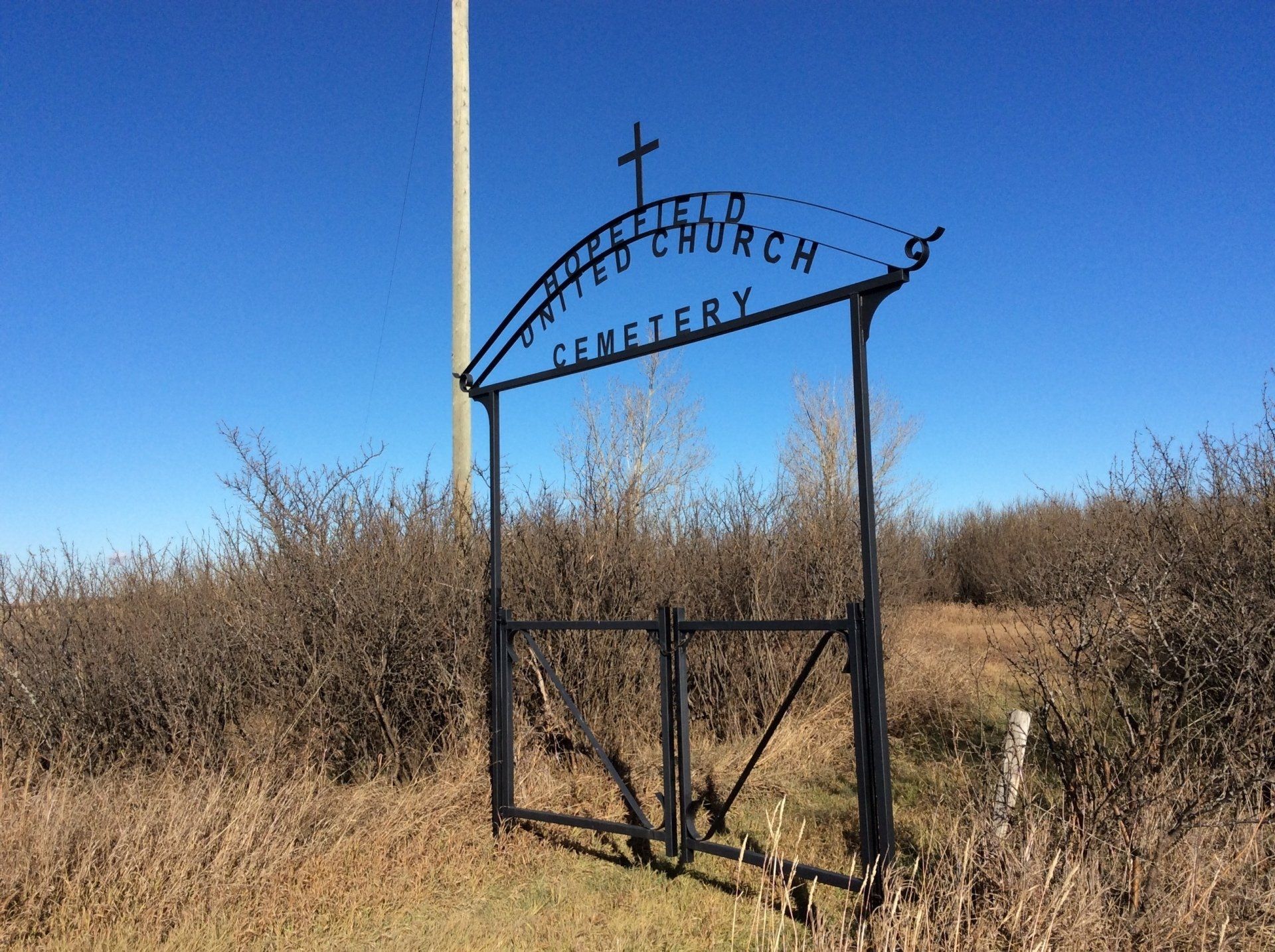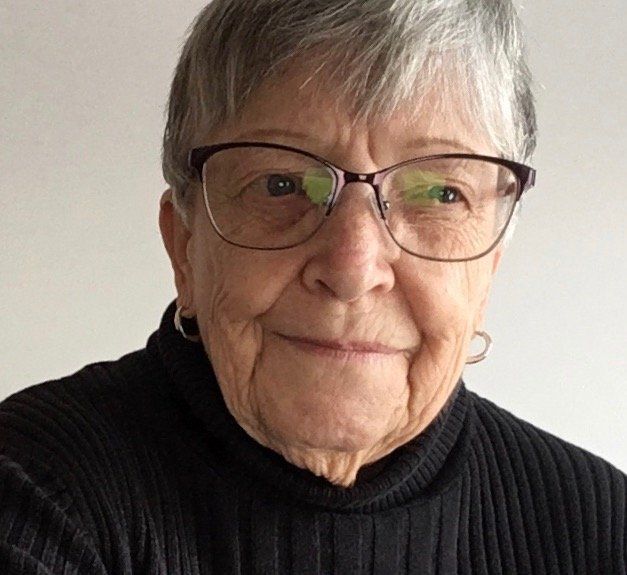There’s nothing like a country cemetery.
Call me morbid, but I actually enjoy a day spent wandering through country cemetery grounds. If you look carefully, they’re filled with stories about the people who once lived in the community and the historical events that shaped their lives.
The Foreman’s grandparents are buried in quiet country cemetery overlooking a coulee not far from our home. We visited there not long ago on a beautiful sunny day. As we paid our respects and a gentle breeze rustled the grass in the nearby pasture where a herd of cattle grazed, he said, “They came a long way from Bessarabia to this hill side.”
That journey from Bessarabia to central Alberta had been a long harrowing trek. We remember that part of our family history each time we visit this beautiful spot on the prairie.
Zion is the name of this cemetery. Zion meaning “a holy place.”
It is because of these grandparents that we often wander the backroads of our county and find these old cemeteries, sites founded by the generations that went before us. Many of them are now maintained by family members from distant generations later.
There is something so serene about these country cemeteries where history tells tales on the headstones. A cluster of the same date across plots reminds us of an earlier epidemic: the Spanish Flu of 1918. And in older areas of the cemetery, erosion causes inscriptions from a long ago to fade into the stones, fading the stories of the occupants over time.
On this day, we wander up into another part of the county to yet another cemetery. There is no sign identifying this cemetery, except the one pointing in the direction of the Notre Dame de Savoie, the weather beaten, former Catholic church across the road. It was built in 1916 by a French-Canadian community of parishioners and it served this congregation for fifty years. The roof and the walls have fallen victim to time and soon the church will be no more.
The cemetery is fenced off and the entrance has a beautiful black wrought iron gate. Two large headstones flanking the large cross in the centre of the cemetery tell a tale about the status of the occupants; prominence maintained even in their final resting place. Several other headstones of various shapes and designs are scattered throughout the cemetery. The quiet is of this place is broken by the song of a meadowlark on a nearby fence.
We leave this spot and travel east to a main highway and come to another cemetery just off a main highway. It’s completely surrounded by a dense hedge, which muffles the sound of the passing vehicles and adds to the sacred, peaceful feel of this place. It was developed in 1926 by the German settlers who had settled in the north part of the county.
At its entrance is a beautiful, new sign – Hopefield United Church Cemetery – an indication that present day descendants of those early German settlers remember the stories of past generations in this cemetery. And they want folks like me and the Foreman, who are passing the day exploring country cemeteries, to take note of these stories too.




